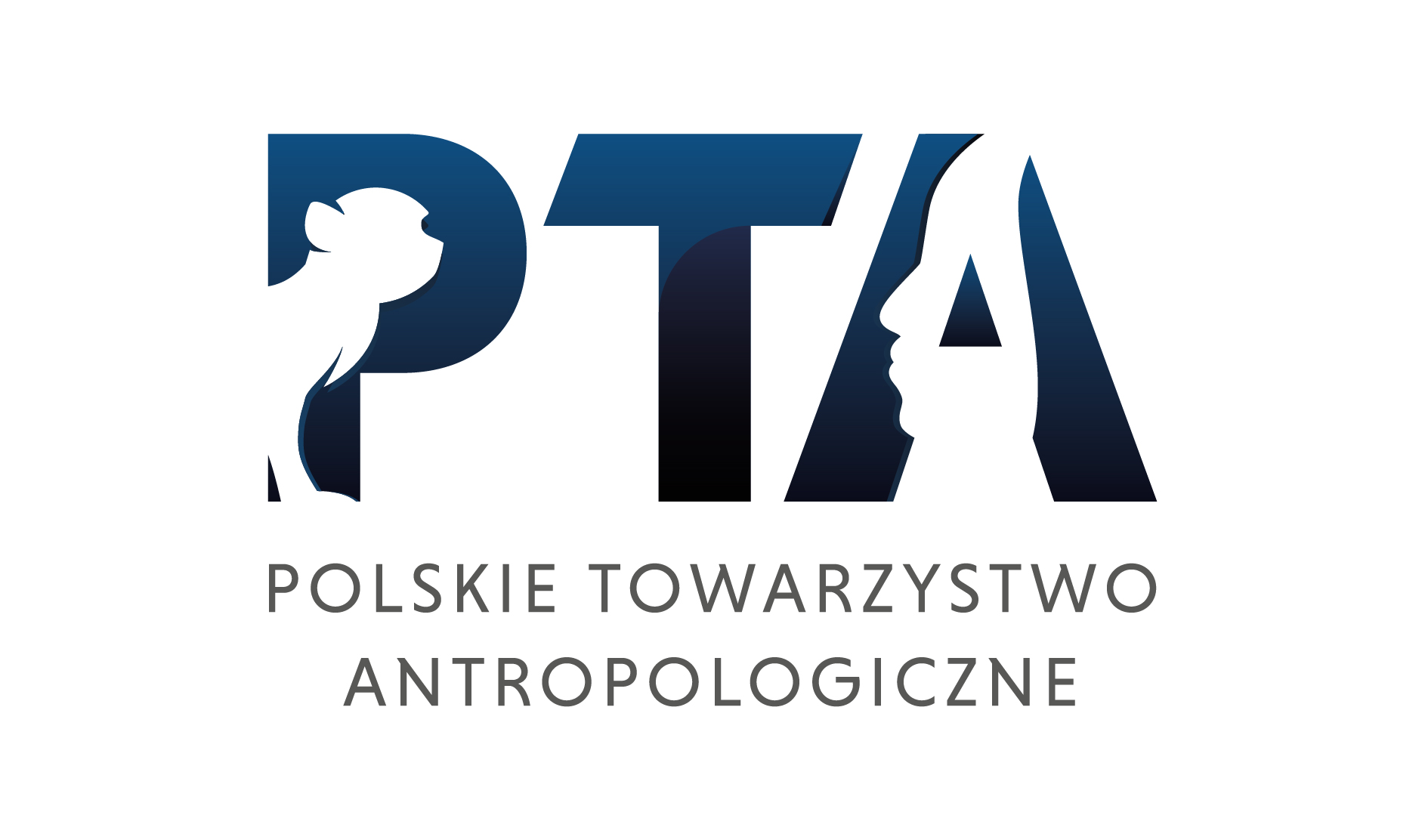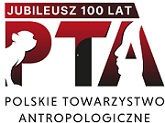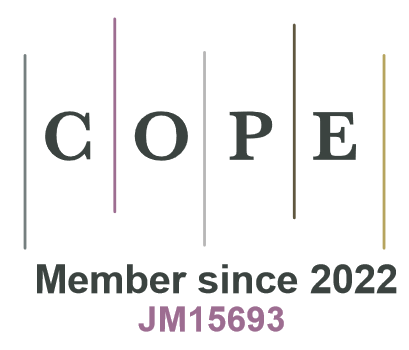The reproductive parameters, lifestyle and health factors in relation to physiological menopausal symptoms in Slovak women
DOI:
https://doi.org/10.2478/anre-2013-0008Keywords:
menopause, vasomotor symptoms, lipids, obesity indices, depressed moodAbstract
Menopause is associated with various physiological symptoms which can be related to the most common health problems in menopausal women and a decrease in their quality of life. Determinants of experiencing menopausal symptoms are complex because they include reproductive, environmental, lifestyle and social factors.
The aim of this study is to assess whether selected reproductive, lifestyle and health factors are associated with the occurence of hot flushes, night sweats, palpitations, dizzy spells and/or pins and needles in the hands and feet. A total of 346 women aged between 39 and 59 years living in Slovakia were recruited for this cross-sectional survey. Data on menopausal symptoms and potential confounders were collected by questionnaire. Logistic regression analysis revealed an independent effect of peri-/postmenopausal status and depressed mood on the manifestation of hot flushes. Analysis results for night sweats were significant for age, depressed mood and current smoking at p<0.05 while, of all input parameters, only age and depressed mood were significant predictors of palpitations. Logistic regression also revealed the effect of sport and depressed mood on dizzy spells. Depressed women, (B=0.677) and those who did not participate in sporting activities (B= –0.969) suffered more often from dizzy spells. Pins and needles in hands and feet were influenced by peri-/postmenopausal status (B=1.036), by higher numbers of pregnancy (B=0.260) and depressed mood (B=0.505).
Potentially modifiable factors, such as current smoking, lack of sport, depressed mood and the number of pregnancies can predispose a woman to a higher prevalence of some of these physiological menopausal symptoms.
Downloads
References
Aiello EJ, Yasui Y, Tworoger SS, Ulrich C, Irwin M, Bowen D, Schwartz R, Kumai C, Potter J, McTiernan A. 2004. Effect of a yearlong, moderate-intensity exercise intervention on the occurrence and severity of menopause symptoms in postmenopausal women. Menopause 11:382–8.
View in Google Scholar
Bachmann GA. 2005. Menopausal vasomotor symptoms: a review of causes, effects and evidence-based treatment options. J Reprod Med 50:120–65.
View in Google Scholar
Benčová D, Siváková D, Luptáková L, Cvíčelová M, Michnová A. 2012. Variant in the FTO gene and biomarkers related to health in mature Slovak women. Anthrop Anz 69:189–200.
View in Google Scholar
Cohen LS, Soares CN, Vitonis SF, Otto MW, Harlow BL. 2006. Risk for new onset of depression during the menopausal transition: Harvard Study of Moods and Cycles. Arch Gen Psychiatry 63:385–90.
View in Google Scholar
Col NF, Cuthrie JR, Politi M, Dennerstein L. 2009. Duration of vasomotor symptoms in middle-aged women: a longitudinal study. Menopause 16:453–57.
View in Google Scholar
Freedman RR. 2002. Hot flash trends and mechanisms. Menopause 9,151–52.
View in Google Scholar
Friedewald WT, I. R. Levy RI, Fredrickson DS. 1972. Estimation of the concentration of low-density lipoprotein cholesterol in plasma, without use of the preparative ultracentrifuge. Clin Chem 18:499–502.
View in Google Scholar
Gast GC, Grobbee DE, Pop VJ. 2008. Meopausal complaints are associated with cardiovascular risk factors. Hypertension 51:1492–98.
View in Google Scholar
Gast MG, Samsioe NG, Grobbee ED, Nilsson MP, Schouw TY. 2010. Vasomotor symptoms, estradiol levels and cardiovascular risk profile in women. Maturitas 66:285– 90.
View in Google Scholar
Gold EB, Sterbfeld B, Kelsey JL, Brown C, Mouton C, Reame N, Salamone L, Stellato R. 2000. Relation of demographic and lifestyle factors to symptoms in a multiracial/ ethnic population of women 40–55 years of age. Am J Epidemiol 152:463–73.
View in Google Scholar
Gold EB, Block G, Crawford S, Lahance L, Fitzgerald G, Miracles H, Sherman S. 2004. Lifestyle and demographic factors in relation to vasomotor symptoms: baseline results from the study of women’s health across the nations. Am J Epidemiol 159:1189–99.
View in Google Scholar
Ivarsson T, Spetz AC, Hammar M. 1998. Physical exercise and vasomotor symptoms in postmenopausal women. Maturitas 29,139–46.
View in Google Scholar
Kaczmarek M. 2005. Intra-population age variation at natural menopause and underlying past reproductive events: a case of Polish women. Acta Med Lituanica 12:15–21.
View in Google Scholar
Kaczmarek M. 2007. The timing of natural menopause in Poland and associated factors. Maturitas 57:139–53.
View in Google Scholar
Lukáčiková P, Wsólová L, Siváková D. 2011. Age at natural menopause of Slovak women and occurrance of symptoms associated with menopausal transition. Slov Antropol 14:16–20.
View in Google Scholar
Luptáková L, Siváková D, Šrámeková D, Cvíčelová M, 2012a. The association of cytochrome P450 1B1 Leu432Val polymorphism with biological markers of health and menopausal symptoms in Slovak midlife women. Menopause 19:216–24.
View in Google Scholar
Luptáková L, Siváková D, Čerňanová V, Cvíčelová M. 2012b. Menopausal complaints in Slovak midlife women and the impact of CYP1B1 polymorphism on their incidence. Anthrop Anz 69:399–415.
View in Google Scholar
Luptáková L, Siváková D, Cvíčelová M, 2013. Effect of APOE polymorphism on obesity and lipid profile in women of differing reproductive status. Cent Eur J Biol 8:713–23.
View in Google Scholar
Moilanen J, Aalto MA, Hemminki E, Aro RA, Raitanen J, Luoto R. 2010. Prevalence of menopause symptoms and their association with lifestyle among Finnish middle- aged women. Maturitas 67:368–74.
View in Google Scholar
Morabia A, Costanza MC, Berry G, the World Health Organization Collaborative Study of Neoplasia and Steroid Contraceptives. 1998. International variability in ages at menarche, first live birth, and menopause. Am J Epidemiol 148:1195–205.
View in Google Scholar
Nakano K, Pinnow E, Flaws Aj, Sorkin DJ, Gallicchio L. 2012. Reproductive history and hot flashes in perimenopausal women. J Women’s Health 21:433–39.
View in Google Scholar
Sabia S, Fournier A, Mesrine S, Boutron-Ruault M, Clavel-Chapelon F. 2008. Risk factors for onset of menopausal symptoms Results from a large cohort study. Maturitas 60:108–21.
View in Google Scholar
Sievert LL, Obermeyer MC, Price K. 2006. Determinants of hot flashes and night sweats. Hum Biol 33:4–16.
View in Google Scholar
Staropoli AC, Flaws AJ, Bush LT, Moulton WA. 1998. Predictors of menopausal hot flashes. J Women’s Health 7:1149–55.
View in Google Scholar
Schwingl JP, Hulka SB, Harlow DS. 1994. Risk factors for menopausal hot flashes. Obstet Gynaecol 84:29–34.
View in Google Scholar
Thomas F, Renaud F, Benefice E, de Meeus Th, Guegan JF. 2001. International variability at menarche and menopause: patterns and main determinants. Hum Biol 73:271–93.
View in Google Scholar
Whiteman MK, Staropoli CA, Langenberg PW, McCarter RJ, Kjerulff KH, Flaws JA. 2003. Smoking, body mass, and hot flashes in midlife women. Obstet Gynecol 101:264–72.
View in Google Scholar
World Health Organization, 1981, Research on the Menopause. Report of a WHO Scientific Group, Geneva. WHO technical report Series No. 70
View in Google Scholar
World Health Organization, 1996, Research on the Menopause in the 1990’s. Report of a WHO Scientific Group, Geneva. WHO Technical report Series No. 866.
View in Google Scholar
Downloads
Published
How to Cite
Issue
Section
License

This work is licensed under a Creative Commons Attribution-NonCommercial-NoDerivatives 4.0 International License.








